Nikon’s super-light 500mm f/5.6 PF lens is a game-changer. It fills a very special niche and offers something that no other lens on the market offers, at least not at this level. On the surface, what this lens brings to the table is a high quality, fast focusing, light-weight super-telephoto lens with a moderately bright aperture. In this multi-part review, I’ll try to break down the different aspects of this lens that are most important to my photography, and a couple of issues that I’ve come across in field use.
I’ll only be covering the image quality of the bare 500mm PF in this article – I’ll cover Auto-Focus (AF) and tele-converter performance in later sections. In a word, the image quality that I’m getting out of this lens is stellar. Feather detail on the D850 is insane, particularly at low ISOs. Bokeh is great – super smooth and none of the artefacts usually associated with Phase Fresnel/Diffractive Optics are present, at least in my experience. I’ll insert a few unsharpened 100% crops below to give you a taste of the sharpness.
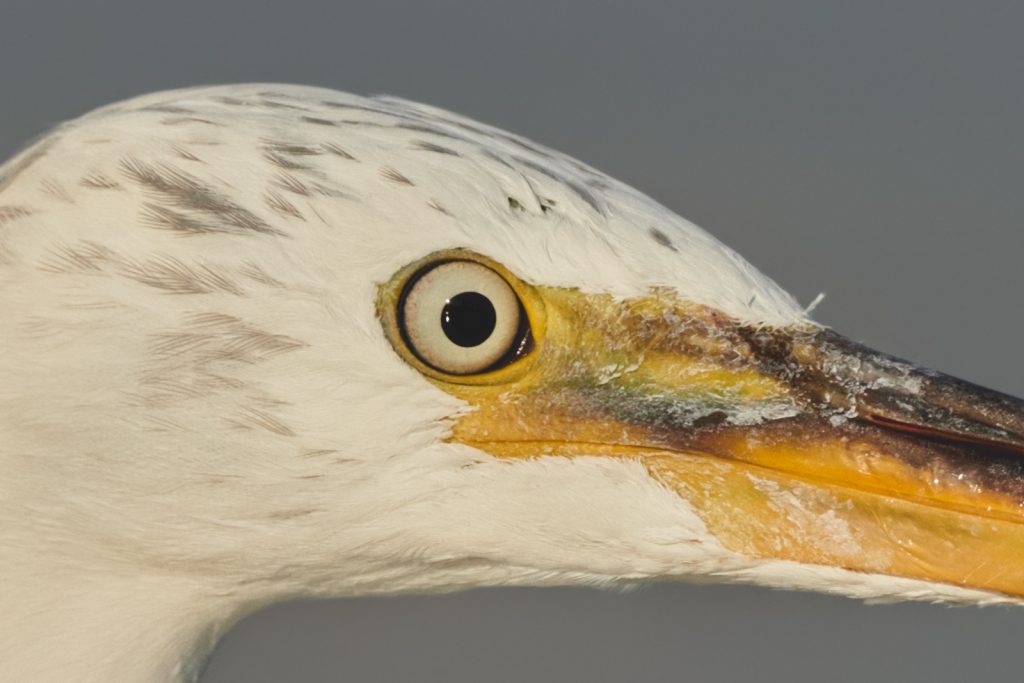
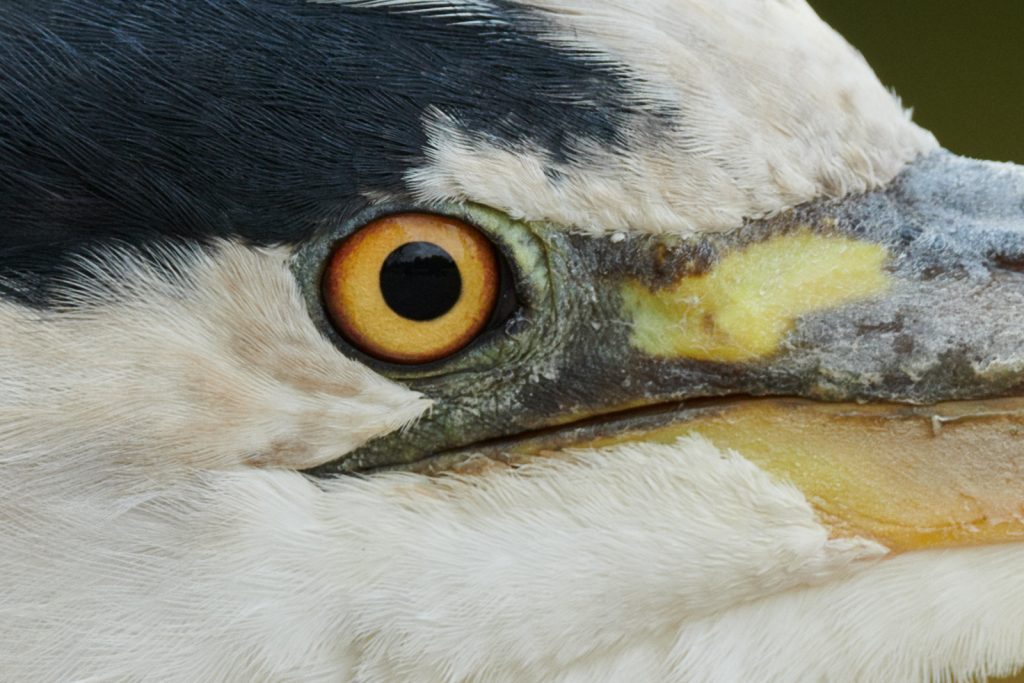

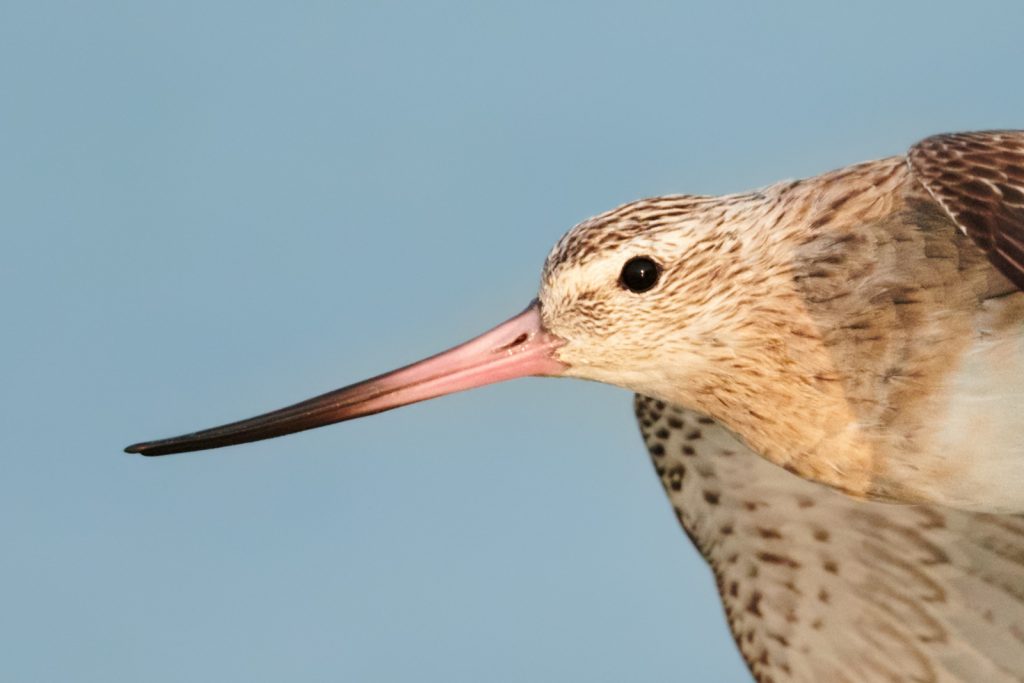
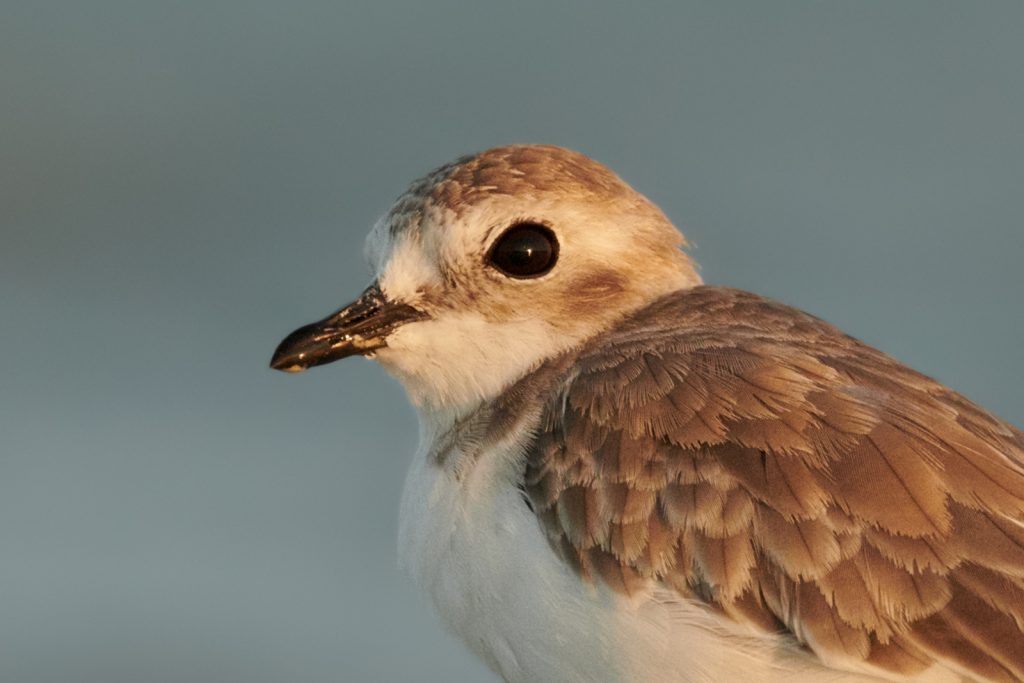
I think it’s clear that this lens is razor sharp at the optimum settings and distance. However, there are couple of things to keep in mind with any super-telephoto lens, even the massive 600mm and 800mm monsters.
1). Heat Distortion – When the sun comes up, you’ll generally have to cut the distance between you and the subject as rising thermals will kill sharpness and contrast. Bahrain, for example, has only a very short window during sunrise when the light’s good and temperature’s cool enough for thermals to be a non-issue. 10 minutes after the sun’s up and you’ll really need to get close to your subjects if you want sharp results.
2). Hand-holding technique – It’s imperative to use proper hand-holding techniques to keep the lens stable. Even at 1/4000s, the image can be corrupted by motion blur due to poor technique and/or subject motion. The 500mm PF’s Vibration Reduction of the lens goes some way in reducing lens shake at slow shutter speeds as explained below.

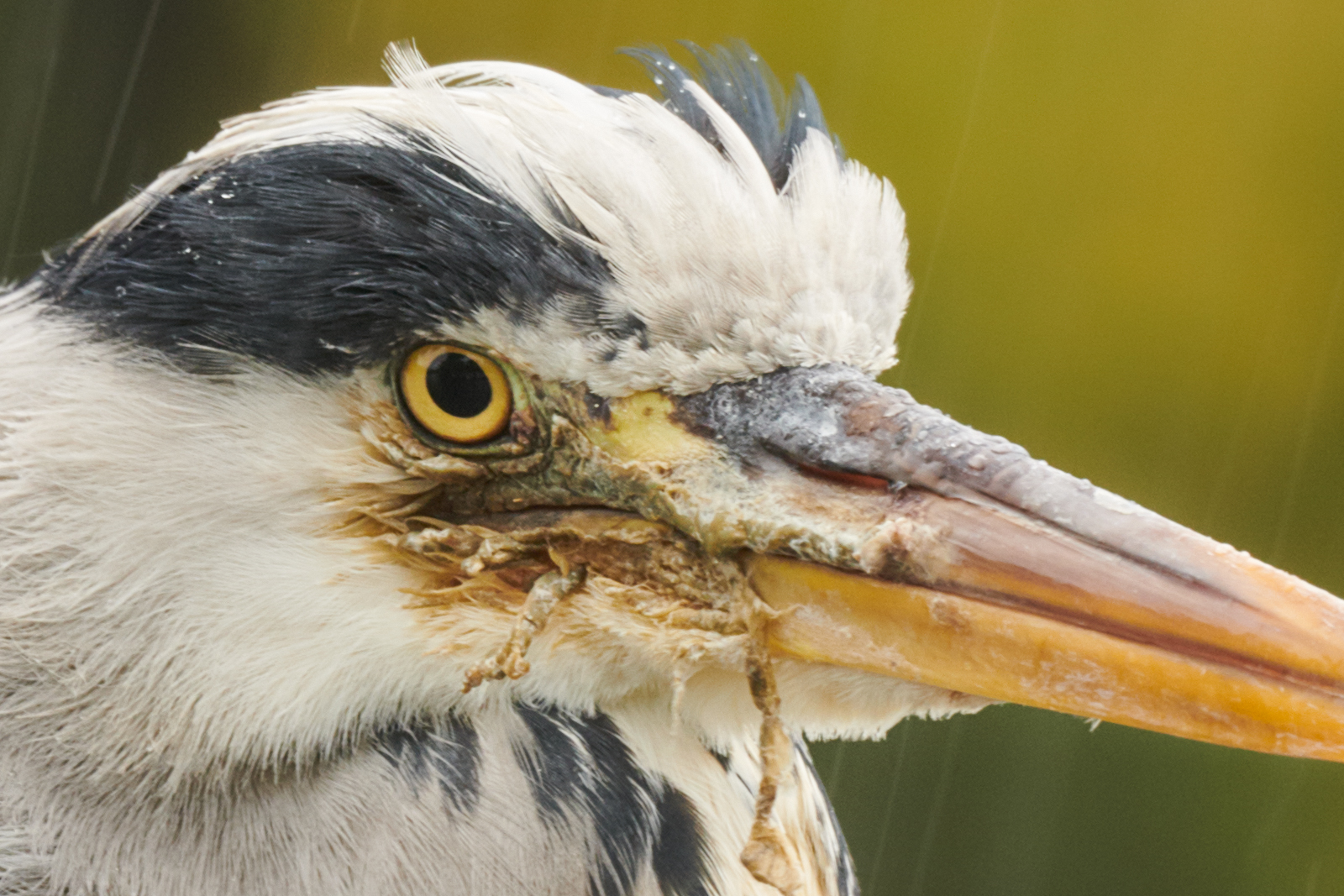
This image of a Grey Heron was shot at 1/50s. However, this was the only sharp image in a sequence of 10 images. While it sounds like a poor hit-rate (and it technically is), I need to emphasize one thing – operator error is a massive factor at such slow shutter speeds. Proper breathing patterns and hand positions are extremely important, not to mention that most subjects are not nearly as cooperative as a patient Heron. The lens’s VR system is certainly very good in field use, particularly at faster shutter speeds such as 1/160-1/400s, and viewfinder stability is excellent.
I’ll end this Image Quality discussion with a few sample images shot at 500mm. The next part of this lens review will be AF performance – and I have a whole lot of things to write about that! Stay tuned!
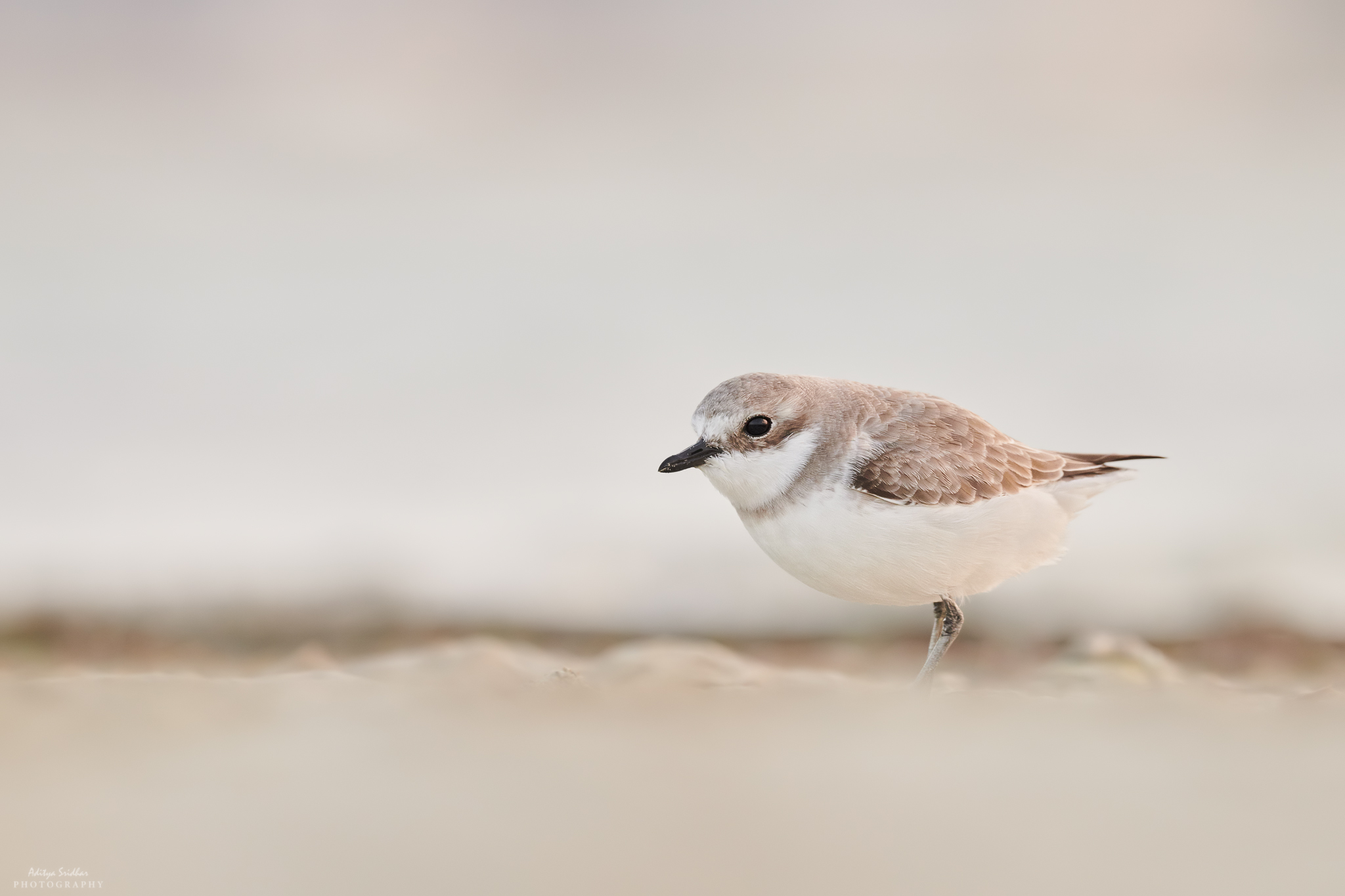

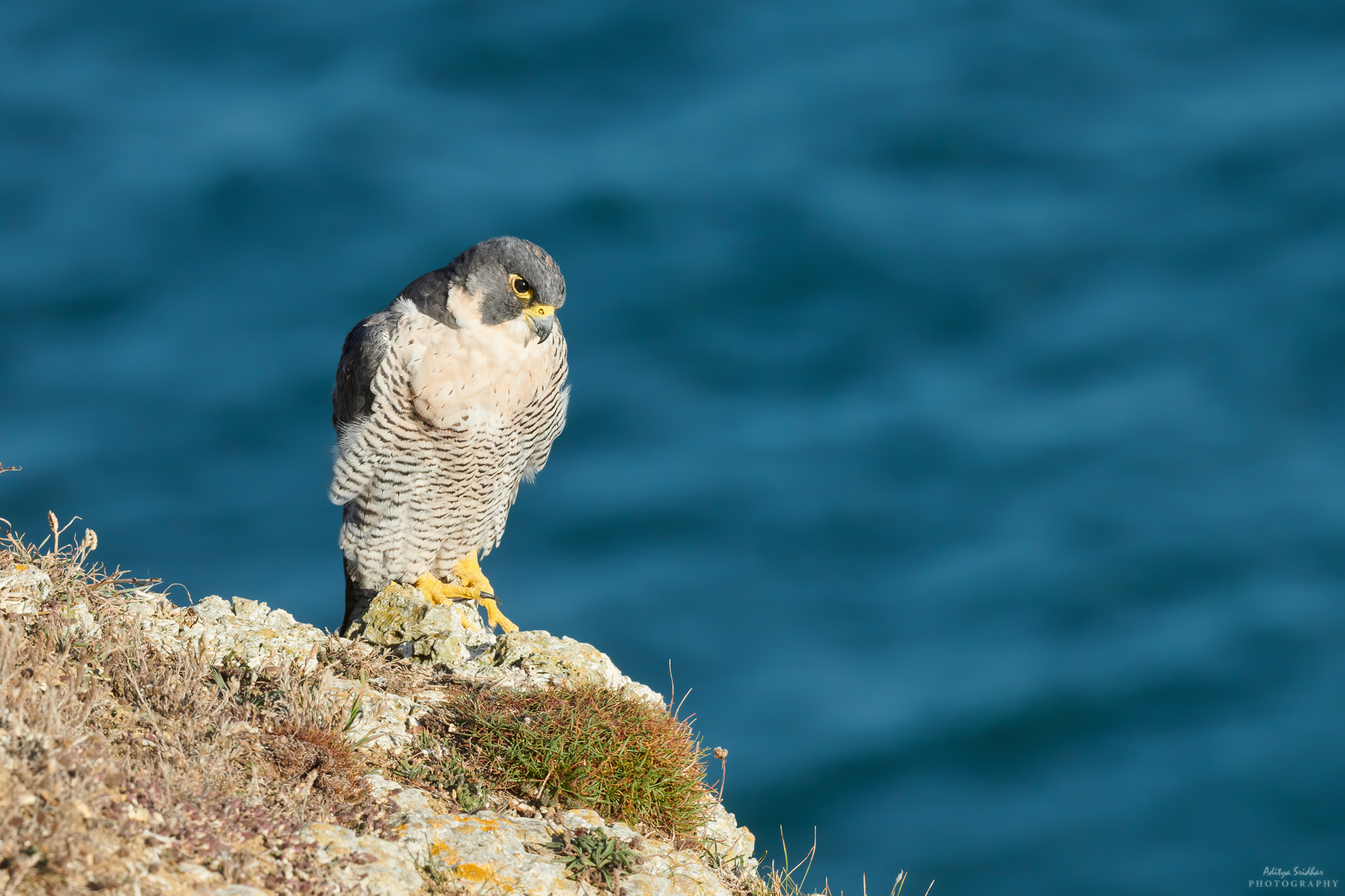

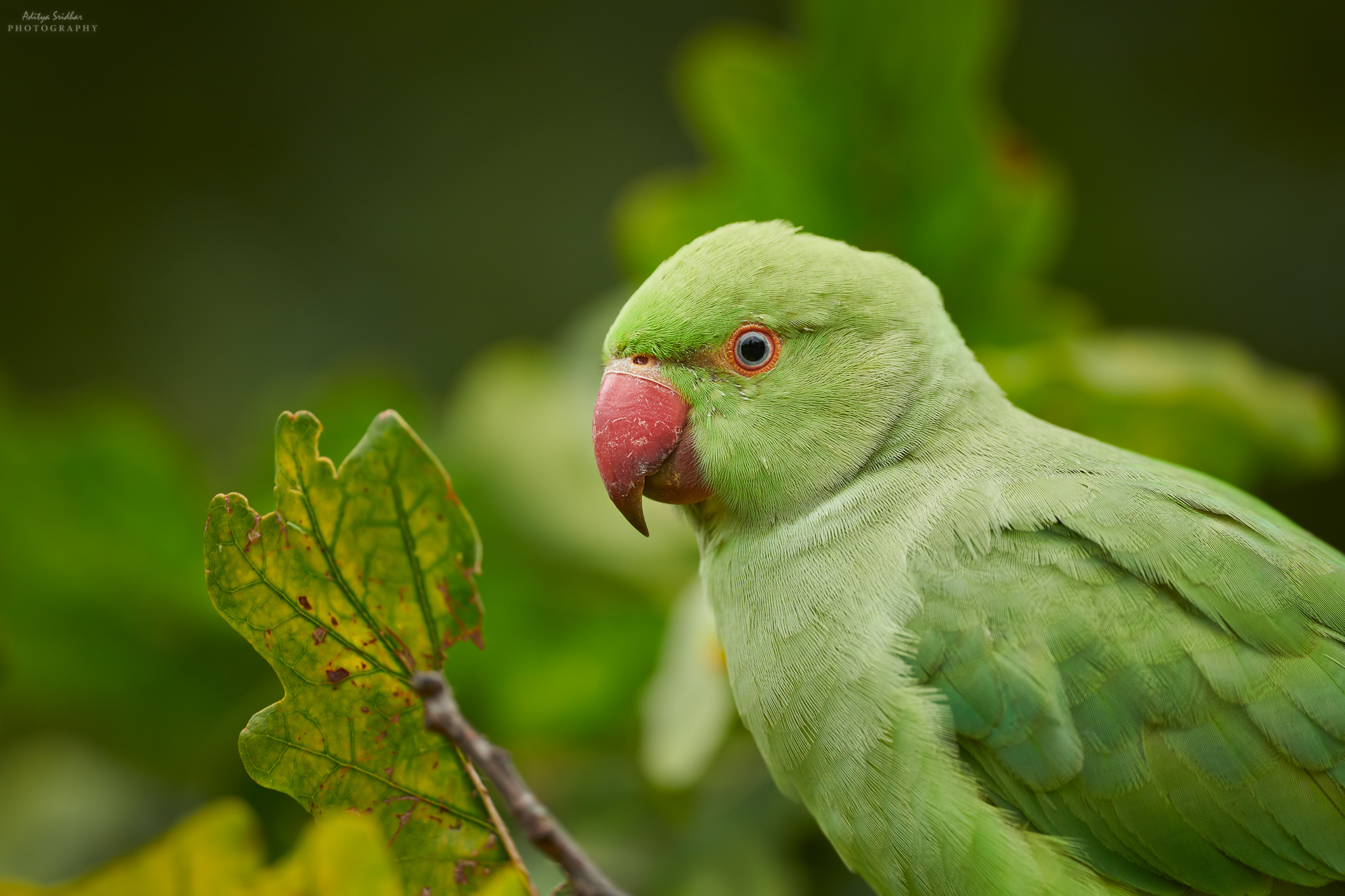



Simply awesome write up. Worth reading again and again. Keep it up.